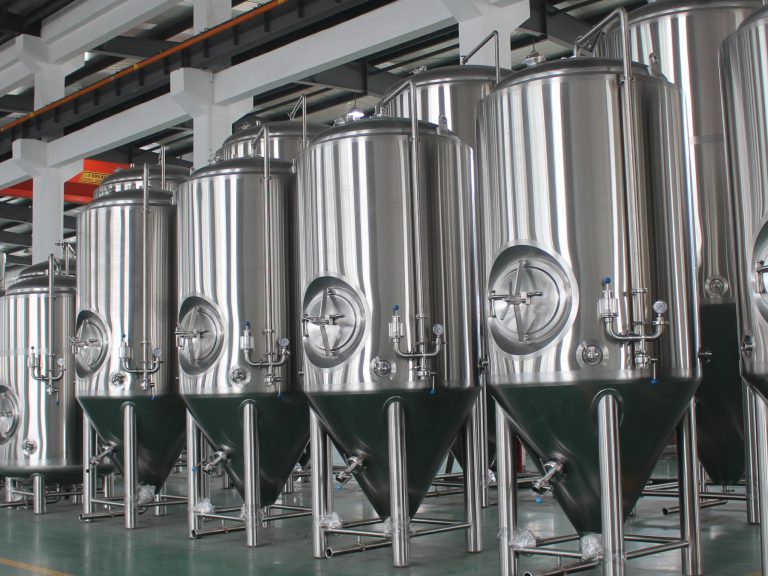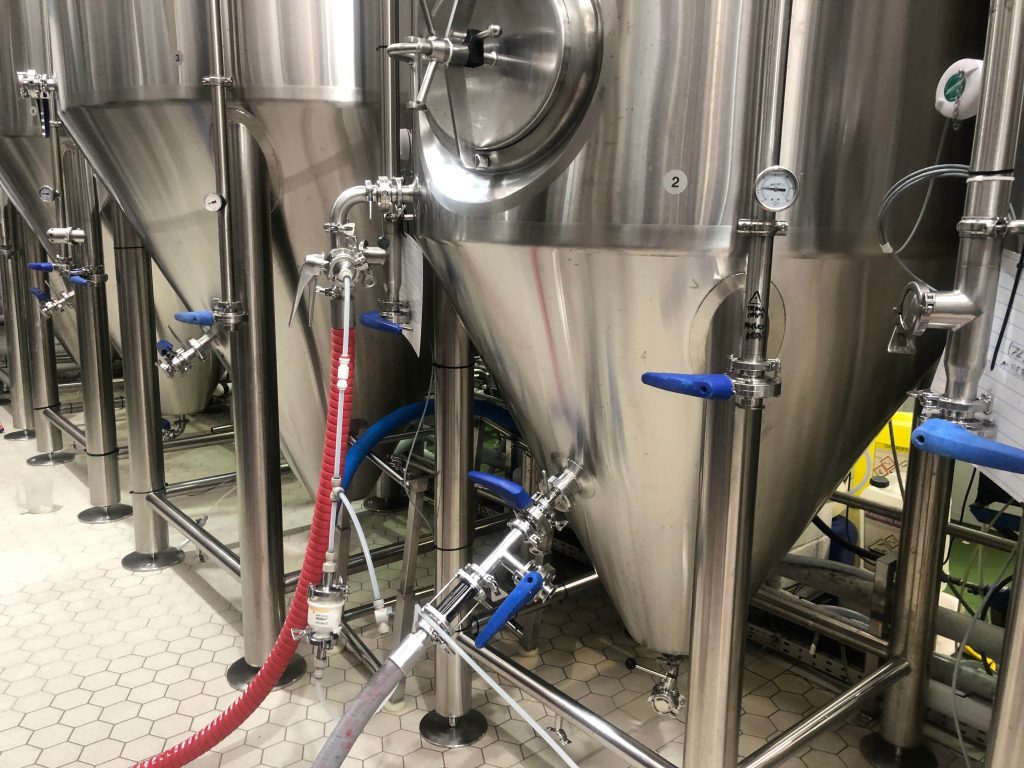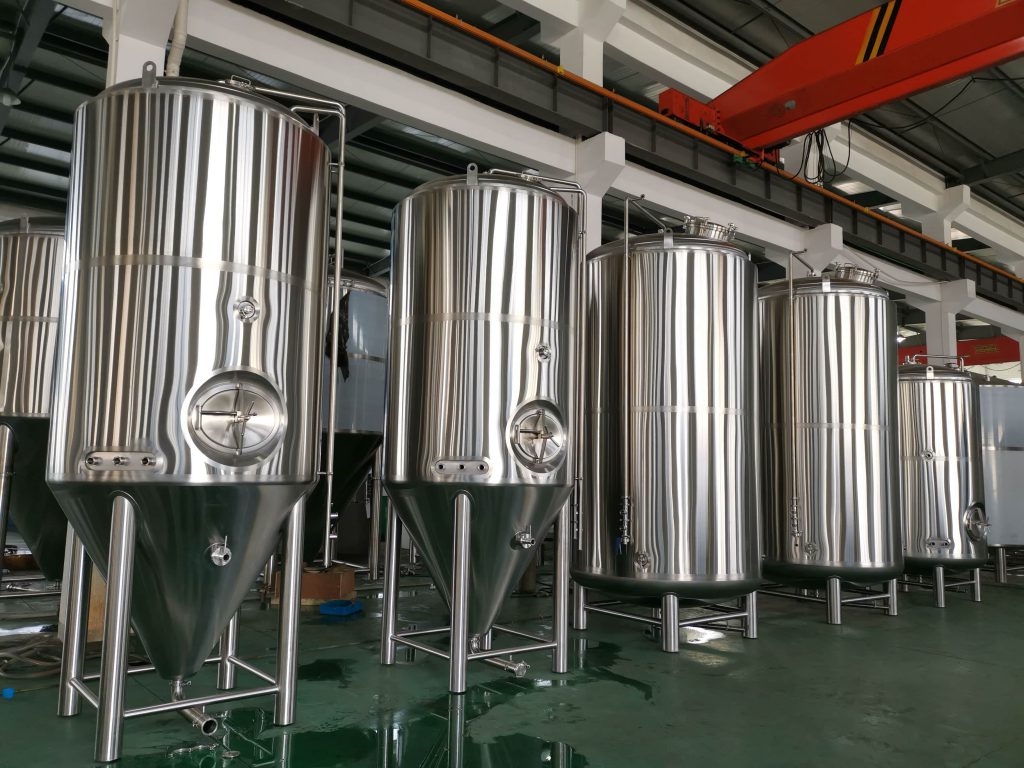Введение

Выбор лучшего сосуда для ферментации — это критическое решение для достижения оптимальных результатов в домашнем пивоварении и процессах ферментации. Ферментируете ли вы пиво, вино, комбучу или другие ферментированные продукты, выбранный вами сосуд оказывает глубокое влияние на качество и вкус вашего конечного продукта. В этом всеобъемлющем руководстве рассматриваются различные типы сосудов для ферментации, ключевые факторы, которые следует учитывать при выборе, и приводится подробное сравнение, которое поможет вам принять обоснованное решение.
Виды Сосуды для ферментации
Plastic Fermenters: Affordable and Practical
Plastic fermenters are popular among homebrewers and fermenters for their affordability, practicality, and ease of use. Made from food-grade plastic, these vessels are lightweight and resistant to most chemicals. However, they can scratch easily, potentially harboring bacteria if not cleaned thoroughly after each use. Despite this drawback, many beginners and seasoned brewers alike appreciate plastic fermenters for their cost-effectiveness and versatility in handling various fermentation needs.
Glass Carboys: Transparency and Purity
Glass carboys are favored for their inert nature, which ensures no flavor transfer or chemical interaction with the fermenting liquid. They provide a clear view of the fermentation process, allowing brewers to monitor clarity and progression. Available in various sizes, glass carboys are suitable for those who prioritize visual observation and maintaining the purity of their brews. However, they are heavy and fragile, requiring careful handling to prevent breakage, which may deter some brewers despite their aesthetic appeal.
Stainless Steel Fermenters: Durability and Precision
Stainless steel fermenters are renowned for their durability, ease of cleaning, and non-reactive properties. They do not scratch easily and are resistant to staining and odors, making them ideal for long-term use and repeated fermentations. These vessels often feature built-in temperature control options or compatibility with external temperature regulation devices, allowing brewers precise control over fermentation conditions. Although stainless steel fermenters come at a higher initial cost, their longevity and performance make them a preferred choice for serious brewers seeking consistency and quality in their brews.
Fermentation Buckets: Practicality and Affordability
Fermentation buckets, typically made from food-grade plastic, offer a straightforward and budget-friendly solution for homebrewers and fermenters. They come equipped with airtight lids and are available in various sizes to accommodate different batch volumes. Easy to clean and sanitize, fermentation buckets are lightweight and easy to handle, making them ideal for beginners or those fermenting larger quantities. While lacking the transparency of glass carboys, fermentation buckets are a practical choice for many enthusiasts looking for simplicity and functionality.
Факторы, которые следует учитывать
Size: Matching Batch Needs
Choosing the right size fermentation vessel depends on batch size, available space, and fermentation volume. Larger vessels are suitable for primary fermentation, allowing ample room for foaming and bubbling during the active fermentation stage. Smaller vessels may be used for secondary fermentation or experimental batches where precise control over smaller volumes is desired.
Airlock Compatibility: Ensuring Proper Ventilation
Ensuring compatibility with an airlock is crucial to allow carbon dioxide produced during fermentation to escape while preventing contaminants from entering the vessel. Most fermentation vessels, including plastic fermenters, glass carboys, stainless steel fermenters, and fermentation buckets, are designed with provisions for attaching airlocks or blow-off tubes, ensuring optimal fermentation conditions and minimizing the risk of off-flavors or contamination.
Temperature Control: Maintaining Optimal Conditions
Maintaining consistent fermentation temperatures is essential for achieving desired flavors and aromas in fermented beverages or foods. Some fermentation vessels, particularly stainless steel fermenters, offer built-in temperature control features or are designed to accommodate external temperature control devices such as immersion heaters, cooling jackets, or fermentation chambers. Consider your climate and brewing preferences when selecting a fermentation vessel to ensure it can adequately support your desired fermentation temperature range.
Comparison Table: Features of Popular Сосуды для ферментации
| Особенность | Plastic Fermenter | Стеклянная бутыль | Stainless Steel Fermenter | Ведро для брожения |
|---|---|---|---|---|
| Материал | Пищевой пластик | Стекло | Нержавеющая сталь | Пищевой пластик |
| Долговечность | Prone to scratching, moderate durability | Fragile, high durability | Very durable, resistant to scratching | Durable, minimal scratching |
| Прозрачность | Непрозрачный | Прозрачный | Непрозрачный | Непрозрачный |
| Масса | Легкий | Тяжелый | Тяжелый | Легкий |
| Расходы | Низкий | Середина | Высокий | Низкий |
| Обслуживание | Easy, requires thorough cleaning | Requires careful handling, regular cleaning | Easy, minimal maintenance required | Easy, regular cleaning |
| Airlock Compatibility | Да | Да | Да | Да |
Техническое обслуживание и очистка

Proper maintenance and cleaning of your fermentation vessel are essential to prevent contamination and ensure the longevity of your equipment. Regardless of the material, thorough cleaning with non-abrasive cleaners and sanitization with food-grade sanitizers or diluted bleach solutions are recommended after each use. Follow manufacturer recommendations for specific cleaning procedures to maintain the integrity and cleanliness of your chosen fermentation vessel.
Заключение
Choosing the лучший сосуд для брожения involves considering various factors such as material preferences, size requirements, and budget constraints. Each type of fermentation vessel offers distinct advantages and considerations, from the affordability and ease of plastic fermenters to the durability and precision of stainless steel fermenters. By evaluating these factors against your brewing or fermenting goals, you can confidently select a fermentation vessel that aligns with your preferences and supports successful fermentation outcomes, ensuring consistent quality and flavorful results in every batch.
Часто задаваемые вопросы
Q: What size бродильный сосуд мне выбрать?
A: The size of your fermentation vessel should match your batch size and available storage space. Larger vessels are ideal for primary fermentation, while smaller vessels may be suitable for secondary fermentation or experimental batches.
Q: Are glass carboys safer than plastic fermenters?
A: Both glass carboys and plastic fermenters have their advantages and considerations. Glass carboys are inert and do not scratch, but they are heavier and more fragile. Plastic fermenters are lightweight and affordable but can scratch, potentially harboring bacteria if not cleaned thoroughly.
Q: How do I clean and sanitize a бродильный сосуд?
A: Clean your fermentation vessel with a non-abrasive sponge and mild detergent, ensuring all residues are removed. Sanitize thoroughly using a food-grade sanitizer or a diluted bleach solution, followed by rinsing with clean water before use.

